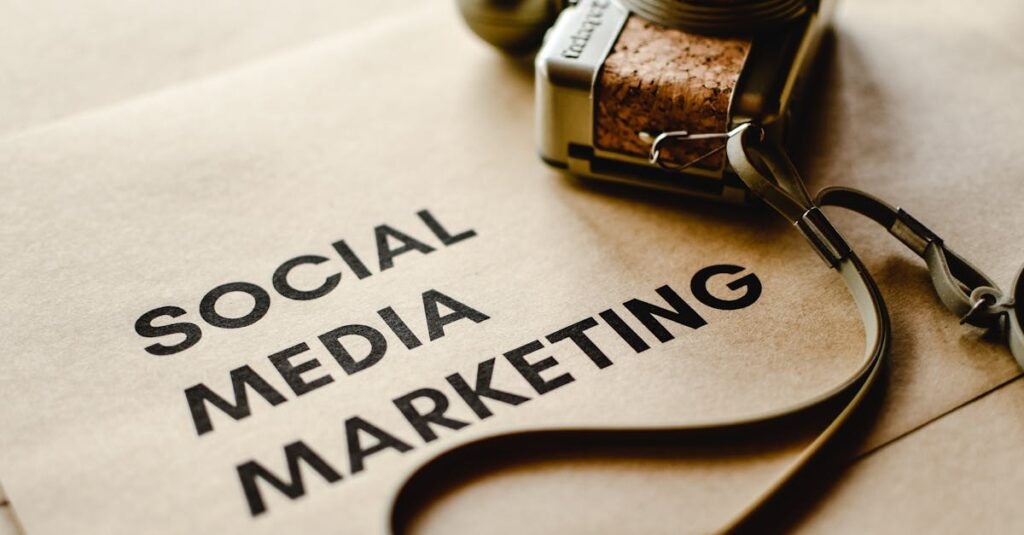The Evolution of Influencer Marketing
It’s hard to imagine a world without influencer marketing. What started as a few YouTubers and Instagrammers sharing sponsored posts has evolved into a multi-billion-dollar industry. But where is it headed in 2025? Is it still the game-changing marketing strategy it once was, or has it become just another advertising tool?
Let’s take a look at the future of influencer marketing and why brands should keep their eyes on it in the coming years.
Increased Use of AI and Virtual Influencers
By 2025, artificial intelligence and virtual influencers will have taken a larger role in the marketing mix. You’ve probably heard of virtual influencers like Lil Miquela, who has millions of followers, but AI-driven content creation will go even further. AI can now generate influencer-like personalities and voices, and it can do so in real-time.
This means brands will have access to highly customizable “influencers” that are programmed to represent specific values or target specific audiences. For example, if a brand is looking to reach a certain demographic, they can use AI to create a virtual influencer that resonates with that audience’s preferences, cultural trends, and values. It’s almost like having a custom-built influencer without needing to negotiate contracts or worry about a personality conflict.
Imagine a beauty brand teaming up with a virtual influencer who shares makeup tutorials every week, never misses a beat in posting content, and always stays on-brand. As the AI learns more about its audience, it can even tweak its persona to align with emerging trends. The future is very much about personalized, real-time interactions.
Authenticity Will Still Be Key
Despite the rise of AI and virtual influencers, authenticity will continue to be the cornerstone of successful influencer marketing. Consumers are smarter than ever, and they can sniff out inauthentic promotions from a mile away. In fact, according to a 2024 study, over 60% of social media users said they distrust influencers who promote products that don’t align with their personal brand.
So, even in 2025, the most successful influencers will be those who stay true to their identity and values. Real people with real opinions will still have a major role to play. However, brands will need to be even more selective about who they work with to ensure that the partnership feels organic. This could mean focusing on micro-influencers with smaller but more engaged audiences, or ensuring that larger influencers maintain transparency with their followers.
Take a look at someone like Emma Chamberlain, for example. She doesn’t just promote products; she integrates them into her everyday life in an authentic way. Brands that can tap into this kind of genuine connection with their audiences will still find success, even as technology advances.
Video and Live Streaming Will Dominate
If you thought TikTok was big in 2023, just wait until 2025. Video content, particularly live streaming, will become an even more dominant force in influencer marketing. Consumers are moving away from static posts and are craving real-time, interactive experiences. This is where influencers have a distinct advantage.
Imagine watching a live stream where an influencer tries on clothes from a brand you love, giving a real-time review and answering audience questions. Not only does this create a more interactive and personalized experience, but it also adds an element of urgency. Consumers will be more likely to purchase something in the moment because they feel like they’re part of the action.
Even established platforms like Instagram and Facebook are leaning heavily into live streaming features. It’s a powerful tool for influencers to create authentic, interactive content that builds trust and drives engagement. In 2025, expect brands to invest heavily in live-streaming campaigns with influencers as the face of these real-time experiences.
Greater Focus on Long-Term Partnerships
In the past, influencer campaigns often focused on short-term collaborations: a quick promo here, a sponsored post there. But by 2025, long-term partnerships will become the norm. This shift is already happening, and it’s for good reason: audiences are tired of feeling like they’re being sold to all the time. They want to see consistency and build relationships with brands over time.
Rather than one-off posts or fleeting campaigns, brands will partner with influencers for months or even years at a time. This will allow for more genuine storytelling, as influencers will have more time to integrate products into their lives and show the long-term benefits. It also means the influencer can develop a stronger, more authentic relationship with their audience, which leads to higher levels of trust and loyalty.
Think of it like your favorite YouTuber who’s been using the same skincare brand for years. They’ve built a relationship with the brand, and you trust them because you’ve seen their results over time. This type of collaboration feels far more authentic than a quick ad, and it’s the kind of partnership that will be more common in the years to come.
Conclusion: What Does the Future Hold?
So, what does all this mean for the future of influencer marketing in 2025? The landscape will undoubtedly continue to evolve, with AI-driven influencers, real-time video content, and long-term partnerships becoming central to the marketing strategy. But at its core, the success of influencer marketing will still come down to one thing: authenticity.
If brands can stay true to their values, work with influencers who genuinely connect with their audience, and embrace new technologies like AI and live streaming, they will be poised to succeed in the coming years. It’s a balancing act, leveraging cutting-edge tools while staying grounded in real, human connections.
So, whether you’re a brand looking to tap into the power of influencers or an influencer yourself, it’s clear: 2025 is going to be an exciting year for the industry. Embrace change, stay authentic, and get ready to see just how powerful influencer marketing can be.

